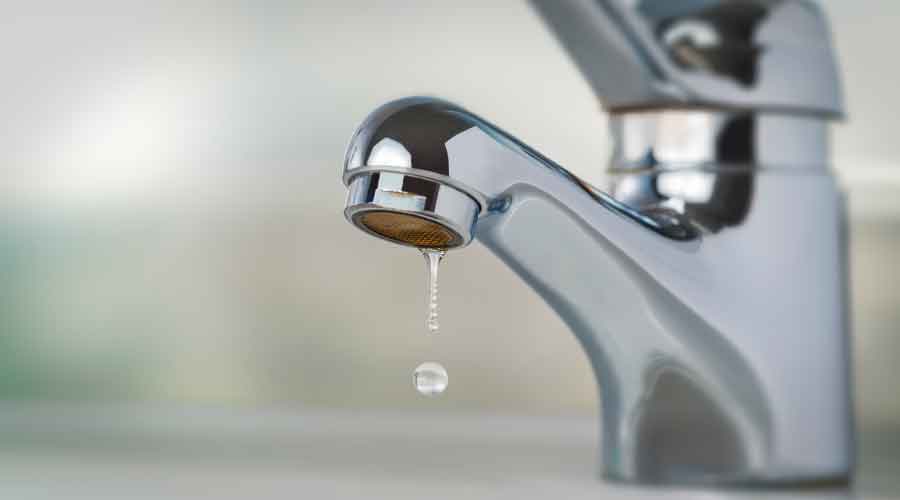
New Tool Validates Water Quality in Facilities
First-ever protocol that provides a standard third-party validation of the performance of water-quality testing devices used in drinking water. March 24, 2023
By Dan Hounsell, Senior Editor
Water quality in institutional and commercial facilities continues to become a higher priority as more occupants demand workplaces that benefit their health and wellness. Now maintenance and engineering managers have a tool at their disposal to help them ensure the effectiveness of new water quality technology.
NSF, a leading public health and safety organization, announces the launch of protocol, NSF P524: Water Quality Test Devices for Drinking Water. This is the first-ever protocol that provides a standard third-party validation of the performance of water-quality testing devices (WTQDs) used in drinking water, providing assurance that these crucial devices perform according to the manufacturer's claims.
The new protocol has been developed through collaboration between NSF’s experts and industry experts, including manufacturers and public health officials. Until now, manufacturers of potable water WTQDs could only advertise performance claims based on their own validation testing.
NSF P524 covers any device, sensor or test kit used to measure water quality parameters in drinking water where the operation of the kit does not require access to lab facilities or equipment and provides results in real-time or after a short wait period. The protocol verifies the manufacturer’s claimed accuracy and precision for the device across its claimed operating range. Certification testing verifies the claims by comparing measurements taken with the device to established laboratory reference methods.
The protocol is designed to validate WQTDs that measure a variety of water quality parameters, including but not limited to metallic and organic, and microbial contaminant concentrations, turbidity, total suspended solids, alkalinity and hardness. Certification to NSF/ANSI/CAN 61 is a prerequisite for in-line WQTDs that contact drinking water. By verifying the manufacturer’s performance claims, the protocol provides assurance that water quality testing devices are consistent and reliable, allowing users to make informed decisions about drinking water quality.
Dan Hounsell is senior editor of the facilities market. He has more than 30 years of experience writing about facilities maintenance, engineering and management.
Next
Read next on FacilitiesNet












